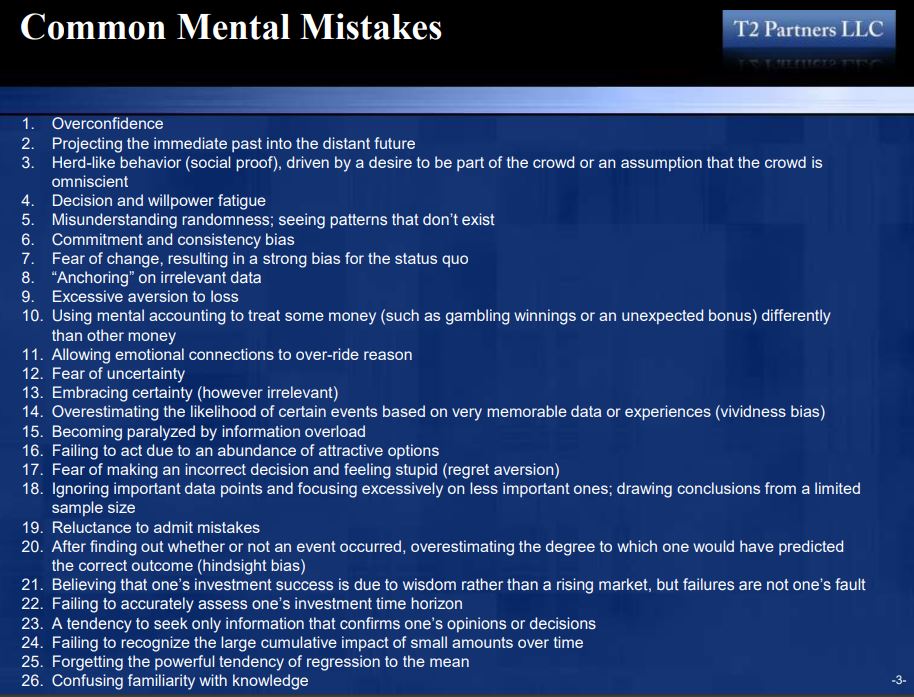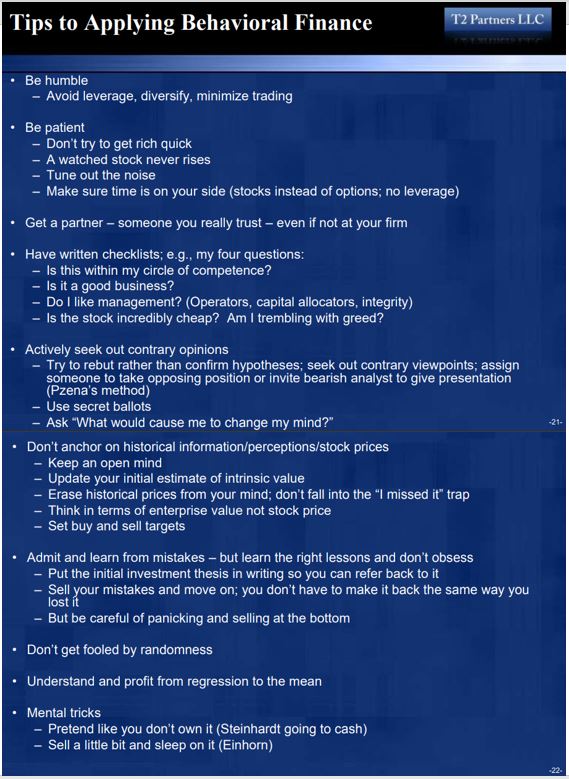
My first 1⃣0⃣0⃣ bagger. Finally.... Love you $LULU 💕
I'll not pretend to be an expert on 100 baggers (this is a nominal win, read Pt11), but will just share some general and some specific lessons I came across thru my holding of $LULU.
12 Lessons from the 12 year journey. ⬇️
I'll not pretend to be an expert on 100 baggers (this is a nominal win, read Pt11), but will just share some general and some specific lessons I came across thru my holding of $LULU.
12 Lessons from the 12 year journey. ⬇️

1⃣Be open minded : Good ideas can come from anywhere.
Fresh from reading Peter Lynch's "One Up On Wall Street" back in Dec'08 I wanted to pick one branded athletic retailer. $NKE $LULU $SKX might have been the choices.
Fresh from reading Peter Lynch's "One Up On Wall Street" back in Dec'08 I wanted to pick one branded athletic retailer. $NKE $LULU $SKX might have been the choices.
I read up few free articles on Motley Fool and elsewhere and the basic analysis was good enough for me to get started.
What attracted me to $LULU back then was
-Yes, it's catchy name to begin with
-Small but a leader in a growing Healthy Lifestyle trend
-Founder led
What attracted me to $LULU back then was
-Yes, it's catchy name to begin with
-Small but a leader in a growing Healthy Lifestyle trend
-Founder led
-Already profitable at such an early stage, and debt-free
-Brand name, controlling distribution, methodical growth
-Already down 80% from previous highs
-Brand name, controlling distribution, methodical growth
-Already down 80% from previous highs

2⃣When sh*t hits the ceiling, the floor falls pretty low.
We can argue all we want about the "Intrinsic Value" of any stock during the normal & good times, but during the true market crashes, fear over takes common sense and long-term thinking.
We can argue all we want about the "Intrinsic Value" of any stock during the normal & good times, but during the true market crashes, fear over takes common sense and long-term thinking.
Almost every stock crashed during GFC. Growth/Value/Cyclical/Profitable... didn't matter. Selling begets more selling.
If you look at the price as an indicator of real Intrinsic Value during this time, you would think that almost every company is going bankrupt soon.
If you look at the price as an indicator of real Intrinsic Value during this time, you would think that almost every company is going bankrupt soon.
After going public in July 2007, from it's peak of $27.61 in Oct2007 to the GFC low of $2.25 in March'09, it lost 90%.
After I bought it in early Jan for $4.17 (after 80% drawdown), it lost another 50% in few weeks.
Scary enough?
After I bought it in early Jan for $4.17 (after 80% drawdown), it lost another 50% in few weeks.
Scary enough?

I understood that this was clearly due to the Market and not the Company fundamentals (didn't buy more as I was buying other companies).
3⃣Small, growing, profitable, founder led, customer loved is a great combination for prospective companies.
A steadily growing Top line with plenty of runway, with proven a Business model and good Margins, Earnings & Cash flows, with no dilution and no debt is a thing of beauty.
A steadily growing Top line with plenty of runway, with proven a Business model and good Margins, Earnings & Cash flows, with no dilution and no debt is a thing of beauty.

4⃣Starting Valuation matter for most Co.'s.
Yes, if you manage to identify a truly outstanding company (Visionary Mgmt, lot of growth, great execution, optionality...) it might start from "over-valuation" and still produce great returns, but for most Co's Valuation matters.
Yes, if you manage to identify a truly outstanding company (Visionary Mgmt, lot of growth, great execution, optionality...) it might start from "over-valuation" and still produce great returns, but for most Co's Valuation matters.
Getting in at a cheap valuation (based on already existing Financials) due to a Market crash de-risks the investment and creates room for multiple expansion, which along with future growth in Earnings can revv the Twin Engines to produce great returns.
5⃣Stocks go up pretty fast during their recoveries from bottom (in Mar 2009, also seen in Mar 2020).
From the bottom in Mar'09 to Apr'09, the stock was a 8 bagger in 13 mo's.
The scariest times are also the best times to buy good/quality Co's if you have the stomach for it.
From the bottom in Mar'09 to Apr'09, the stock was a 8 bagger in 13 mo's.
The scariest times are also the best times to buy good/quality Co's if you have the stomach for it.

6⃣Stock returns are not evenly distributed over time.
From April 2011 to Nov 2017, the stock hardly moved. Range bound between $40 to $60 (with few periods near $80), while Revenues and Profits more than doubled.
From April 2011 to Nov 2017, the stock hardly moved. Range bound between $40 to $60 (with few periods near $80), while Revenues and Profits more than doubled.

This is usually due to digesting the earlier valuation run-up, few earnings disappointments, PR issues, not enough excitement, just poor sentiment...
You see this with many long-term winners
MSFT (2000-2013)
AMZN (2000-2010)
TSLA (2013-2019)
NVDA (2008-2014)
You see this with many long-term winners
MSFT (2000-2013)
AMZN (2000-2010)
TSLA (2013-2019)
NVDA (2008-2014)
7⃣ When most people think it's a fad, and it's not a fad, the Business and Stock growth can be spectacular.
The biggest gains happen against the background of what the Co's delivers and guides w.r.t expectations, and the durability of growth.
The biggest gains happen against the background of what the Co's delivers and guides w.r.t expectations, and the durability of growth.

8⃣ Competition : It's always there.
Literally anything that's growing and worthy of doing, will be copied by Competitors. Whether or not they succeed, is another matter.
Literally anything that's growing and worthy of doing, will be copied by Competitors. Whether or not they succeed, is another matter.
$LULU had a lot of competition in athleisure over the years $NKE $UA Gap and few others, but maintaining quality and brand value to become customer loved in a growing niche/trend will lead to success.
9⃣ Issues are un-avoidable for any Company. Manage them effectively.
When you hold any Company long enough, Management fumbles, scandals and PR issues are virtually guaranteed.
When you hold any Company long enough, Management fumbles, scandals and PR issues are virtually guaranteed.
$AAPL with many earlier version of iPhones
$ISRG challenged about efficacy of Robotic Surgery (in 2013-15)
$CMG with the E-Coli crisis from 2015-17
$PTON with the Tread issues in the last year
$LULU had that sheer Yoga pants scandal in 2013.
$ISRG challenged about efficacy of Robotic Surgery (in 2013-15)
$CMG with the E-Coli crisis from 2015-17
$PTON with the Tread issues in the last year
$LULU had that sheer Yoga pants scandal in 2013.
It's not always guaranteed to be smooth sailing after these. It depends on how Mgmt is responding to the situation, and the changes being implemented as a result.
You have to check the facts/results & verify your thesis , balance between conviction & confirmation bias.
You have to check the facts/results & verify your thesis , balance between conviction & confirmation bias.
🔟Expensive Valuations can stay expensive for a long-time, while still delivering great returns.
Quality Companies almost always look expensive, except during severe Market crashes.
Quality Companies almost always look expensive, except during severe Market crashes.
Instead of casually saying "It's expensive" about any Co w/o knowing enough, try to ask "Why is this Co consistently expensive? Does it deserve it"?
After knowing enough about the Products/Mgmt/Qual/Growth/Fin's/Competition... you can decide if it's worth paying up for or not.
After knowing enough about the Products/Mgmt/Qual/Growth/Fin's/Competition... you can decide if it's worth paying up for or not.
1⃣1⃣No regrets. Only Learning and Process improvement.
Unfortunately this remained a namesake 100 bagger for me and wasn't a game changer.
I did all the cardinal sins, but I don't regret them for the reasons below.
Unfortunately this remained a namesake 100 bagger for me and wasn't a game changer.
I did all the cardinal sins, but I don't regret them for the reasons below.
1)Bought too little (in $ terms) : I did allocate 4% of my Portfolio, but it was a small capital base at that time.
2)Sold (most of it) too early : Sold 85% of the position after it became a 10 bagger in 18 months. Being my 3rd year in investing..
2)Sold (most of it) too early : Sold 85% of the position after it became a 10 bagger in 18 months. Being my 3rd year in investing..
3)Did not add to it over the years: For many years I was always enamored by the prospective positions than adding to existing holdings.
I did add to many other Quality names over the last 10 years, somehow something always looked more attractive than $LULU.
I did add to many other Quality names over the last 10 years, somehow something always looked more attractive than $LULU.
1⃣2⃣3000 trading days of holding : Long-term mindset rewards the quality companies and the patient investors.
It's easy to get distracted by the daily noise and stock price movements. Also easy to get bored of holding the same company...
It's easy to get distracted by the daily noise and stock price movements. Also easy to get bored of holding the same company...
especially when the stock is going nowhere over few months/yrs.
If you want huge winners after buying quality, conviction/patience are your friends and noise/boredom are the foes.
If you want huge winners after buying quality, conviction/patience are your friends and noise/boredom are the foes.
So how do we find 100 baggers?
STOP thinking about 100 baggers and if your goals/strategy allow for it, build a process that will let you
-Build a Circle of Competence and in identifying great Companies
STOP thinking about 100 baggers and if your goals/strategy allow for it, build a process that will let you
-Build a Circle of Competence and in identifying great Companies
-Considering Valuation but in the context of Quality, Growth runway, Management, Financials, Tailwinds, Company Life stage...
-Buy them with a clear thesis
-Buy them with a clear thesis
-Add along the way at various Valuation points as the thesis holds/improves and your conviction goes up
-Being able to hold thru volatilty, Bear Markets, temporary Earnings disappointments, and some PR issues as long as they're executing.
-Being able to hold thru volatilty, Bear Markets, temporary Earnings disappointments, and some PR issues as long as they're executing.
Having a good process, strong stomach and longterm outlook might get us 5, 10 baggers over a period.
For the truly outstanding Co.'s growing for a long time (and with the help of starting under-valuation, or smaller size) who knows? we might one day get that elusive 100 bagger.
For the truly outstanding Co.'s growing for a long time (and with the help of starting under-valuation, or smaller size) who knows? we might one day get that elusive 100 bagger.
OK, that's enough. Time to wrap up. Hope this was fun/informative for the readers.
/END
/END
• • •
Missing some Tweet in this thread? You can try to
force a refresh











